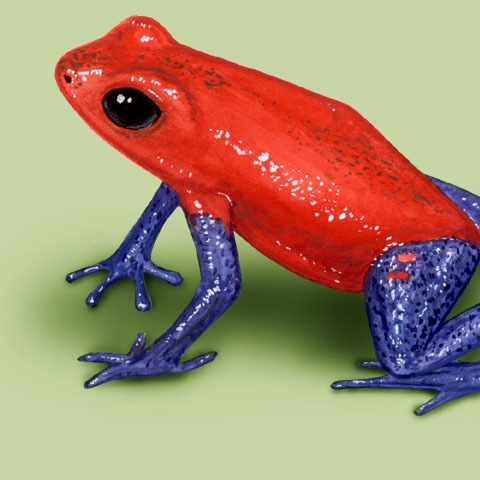In a letter published in @ScienceMagazine, ASA Future Leader of Amphibian Conservation Luis Marin Fonte and philosopher Ana Marin called on #conservationists to address the irreversible #impacts of #meat and #dairy production on #wildlife. Do you agree?
bit.ly/37Knjpn
bit.ly/37Knjpn
@ScienceMagazine @IUCNssc @ASG_IUCN @IUCNRedList @IUCN @SpeciesSavers @IUCN_forests @Futurefornature @GretaThunberg @guardianeco @guardian @guardianscience @WildlifeMag @BBCEarth @NatGeo @NatGeoMag @mongabay @MongabayLatam @nature
@ScienceMagazine @IUCNssc @ASG_IUCN @IUCNRedList @IUCN @SpeciesSavers @IUCN_forests @Futurefornature @GretaThunberg @guardianeco @guardian @guardianscience @WildlifeMag @BBCEarth @NatGeo @NatGeoMag @mongabay @MongabayLatam @nature @MyFrogCroaked @stevoallain @jodirowley @kwren88 @AgentAmphibian @simonstuartSE @jonparod @Global_Wildlife @frogs_friends
• • •
Missing some Tweet in this thread? You can try to
force a refresh














